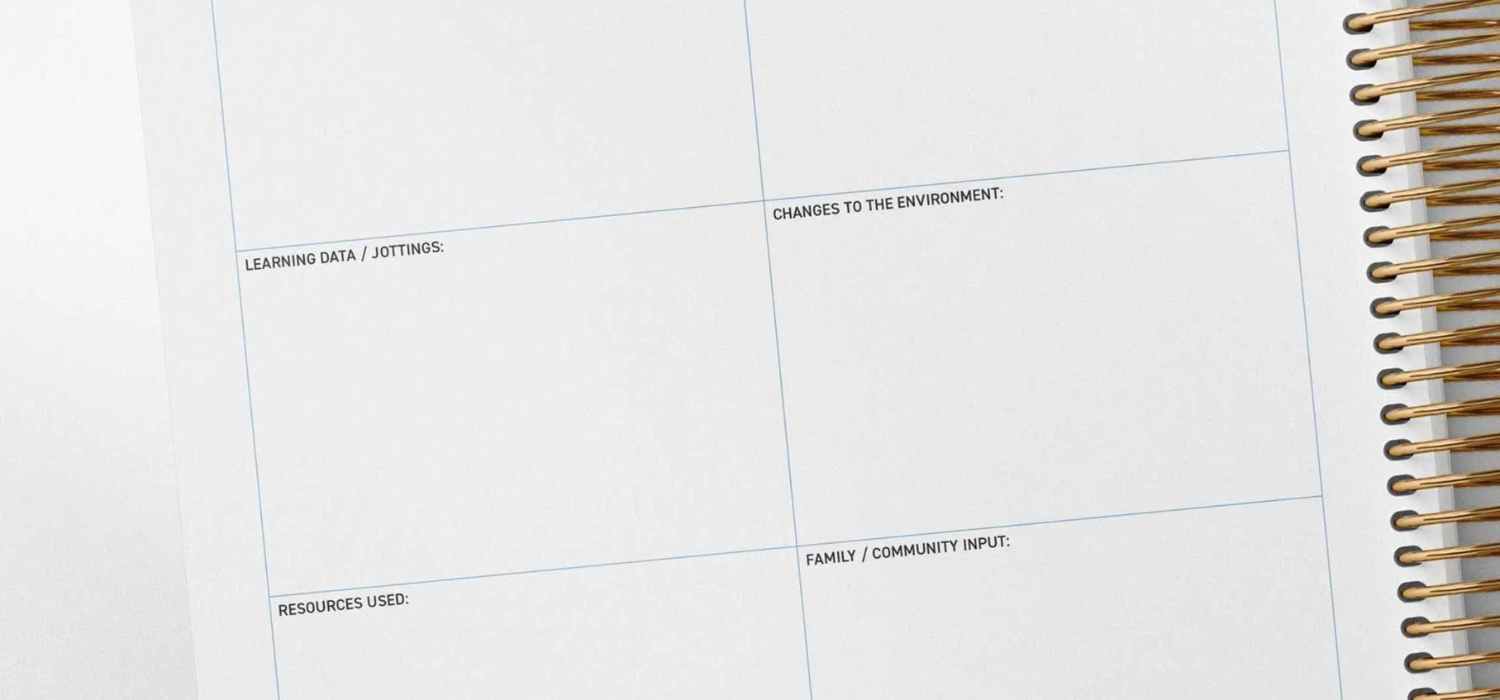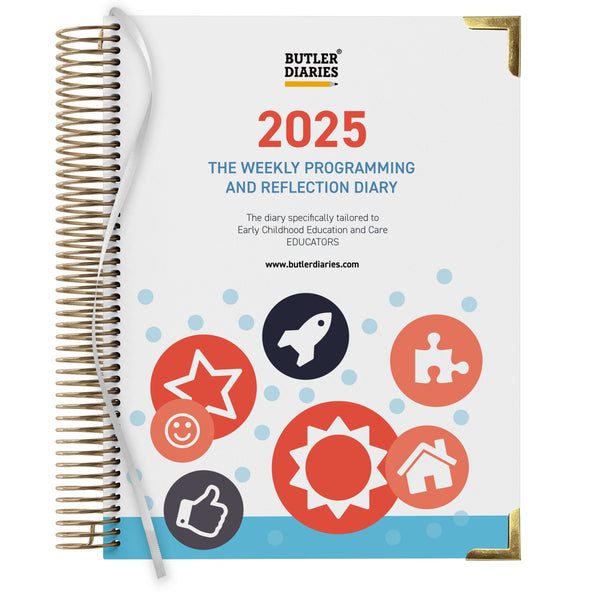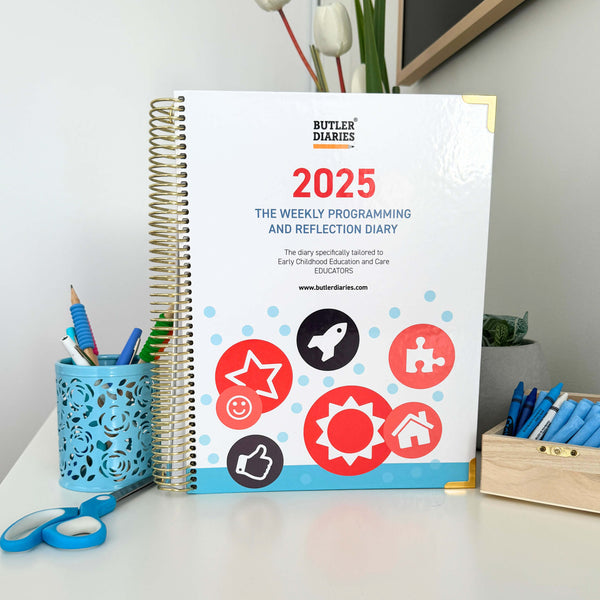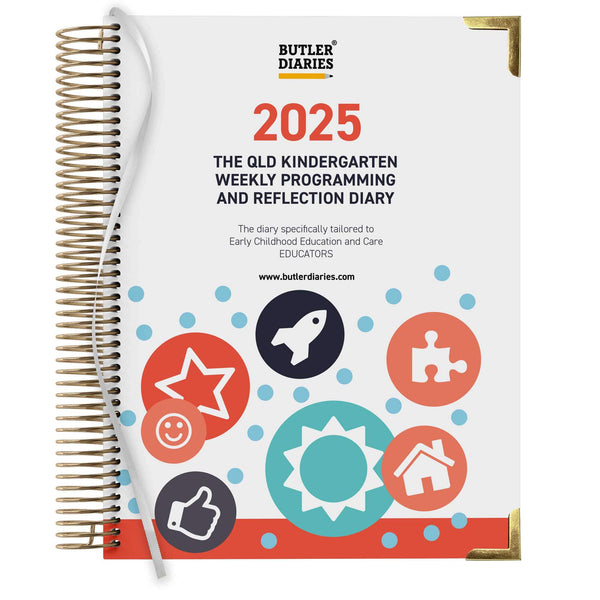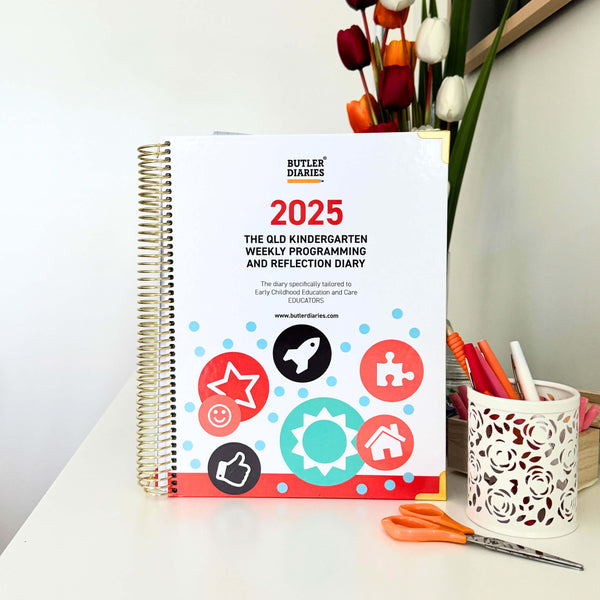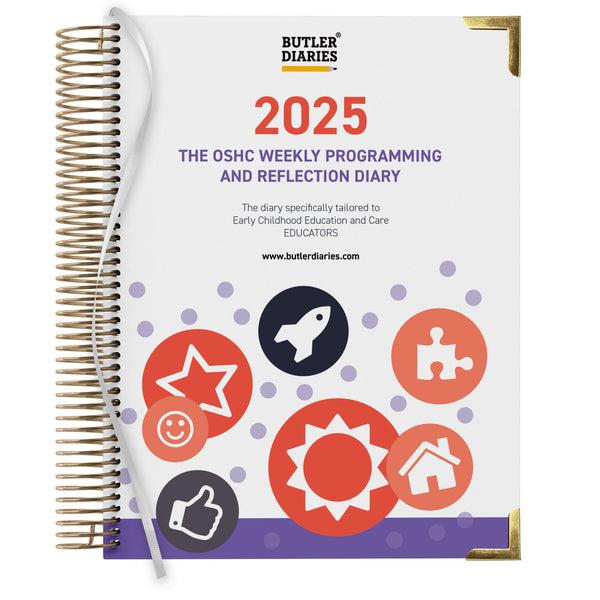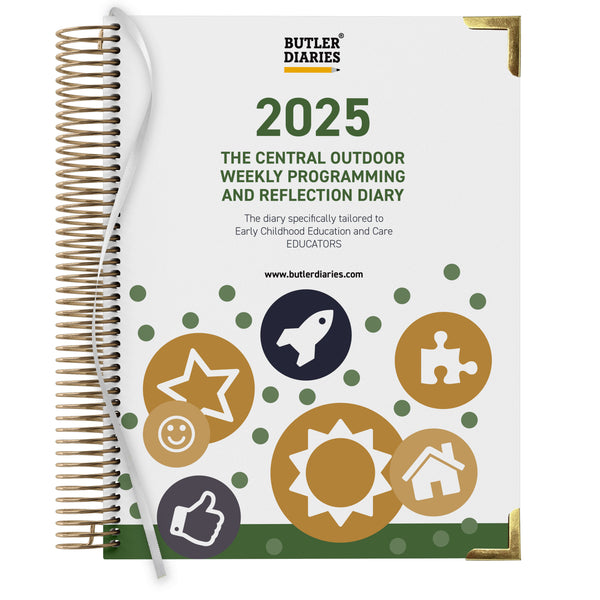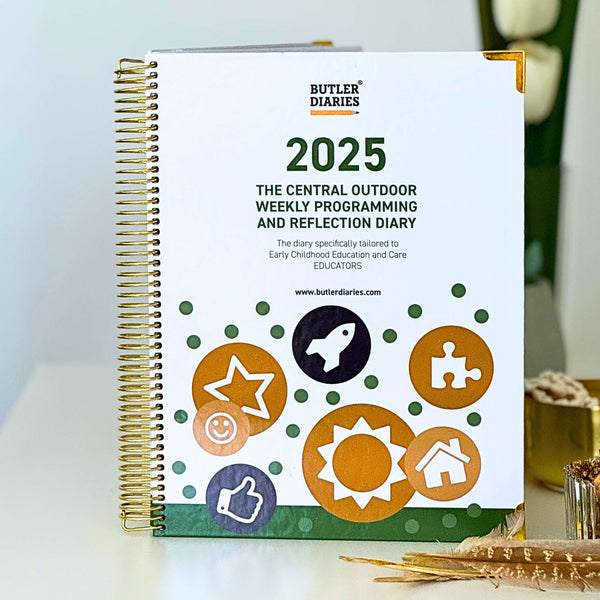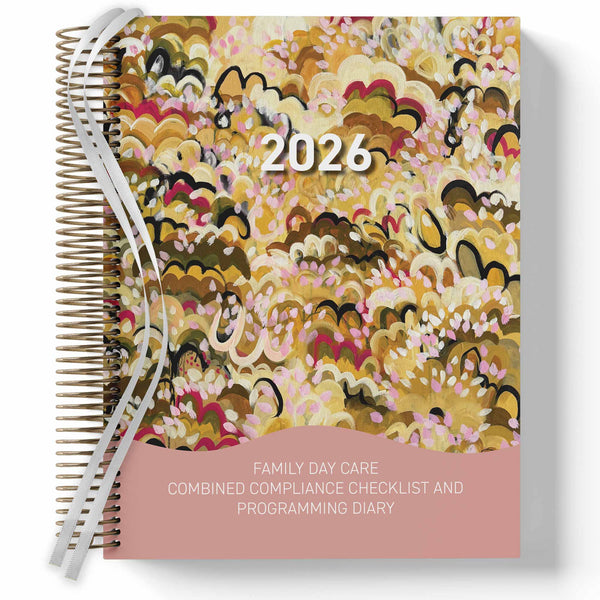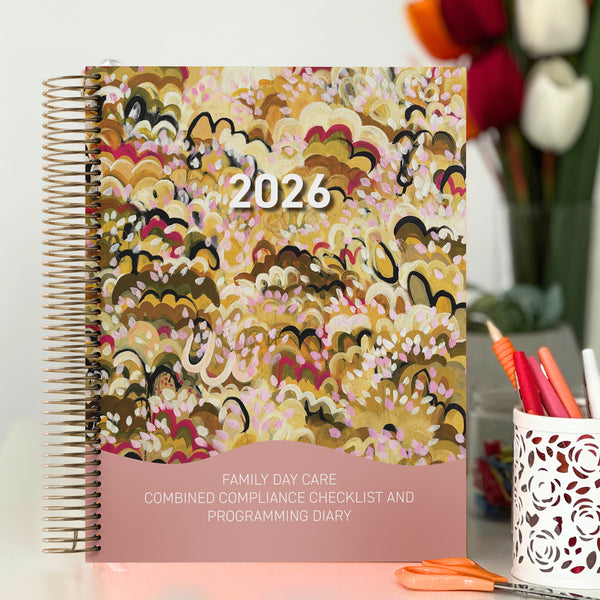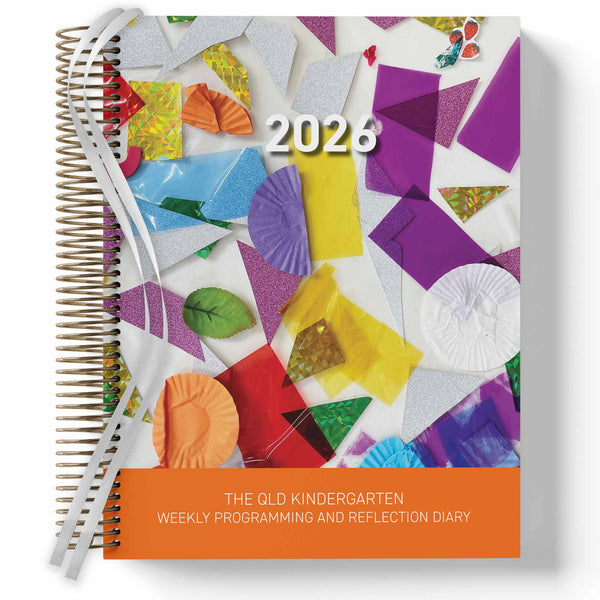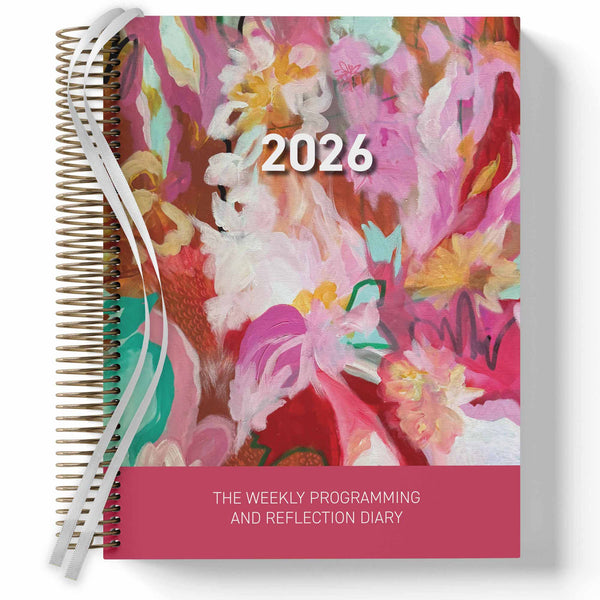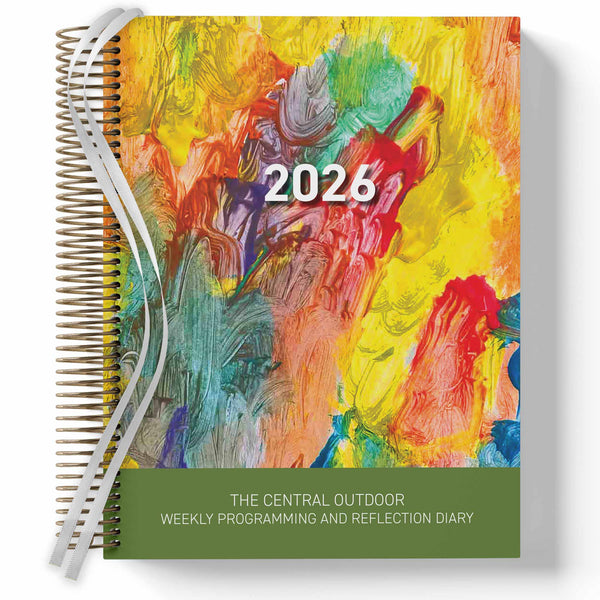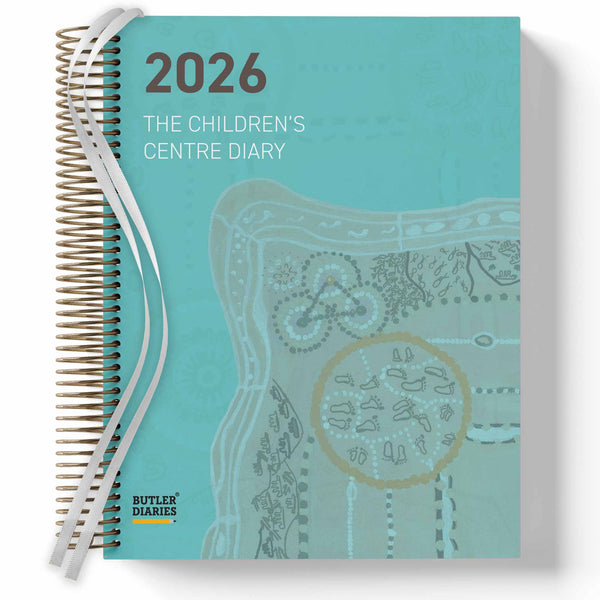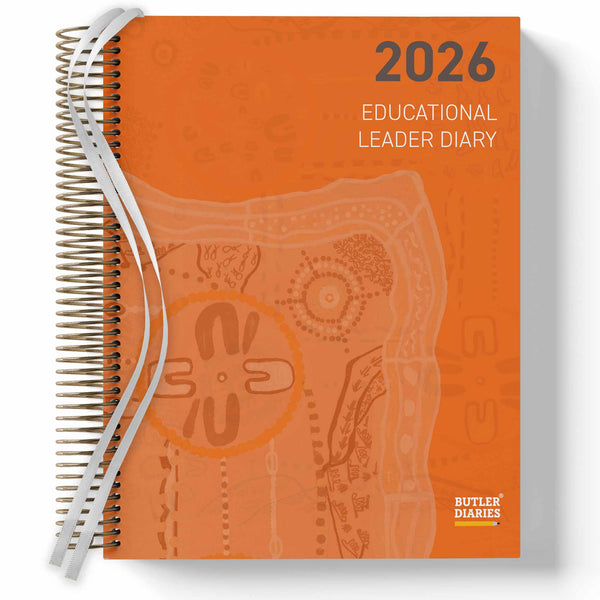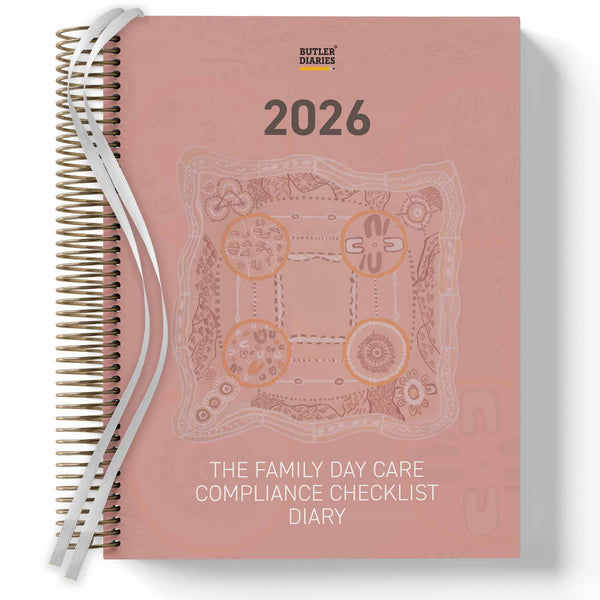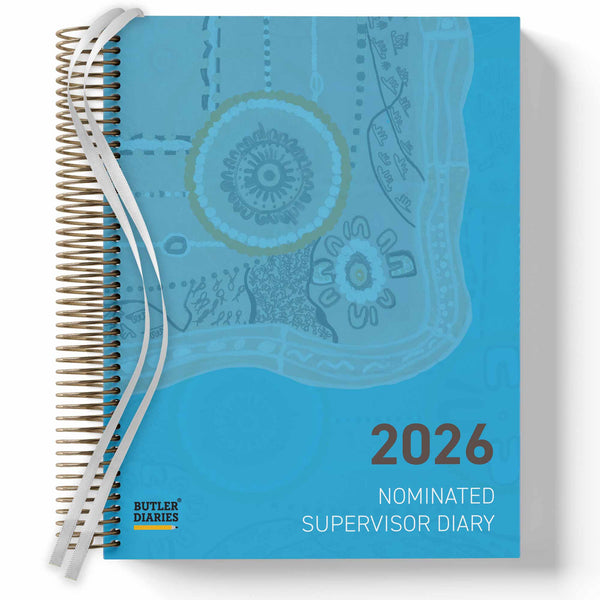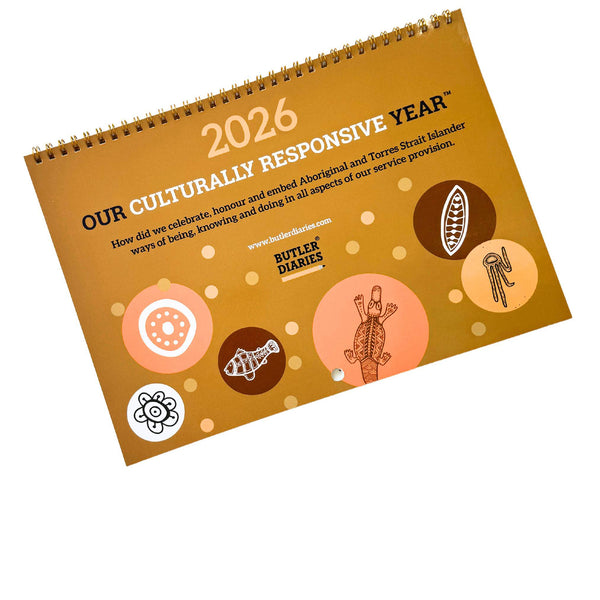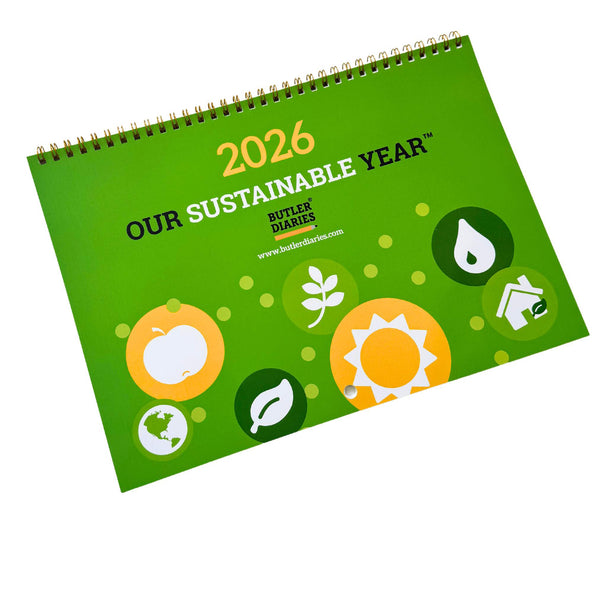It’s easy to record observations and then move quickly onto the next experience. But what truly deepens our practice is what we do with that information. The Learning Data or Jottings space in your diary isn’t just a placeholder for notes—it’s a tool for meaningful reflection, insight, and intentional planning. Used thoughtfully, it becomes the bridge between what was and what could be, allowing you to refine your practice, respond to children’s evolving interests, and ensure every child’s voice is heard.
What Is the Learning Data/Jottings Space?
This section of your Weekly Programming and Reflection Diary is designed to reflect on general learning experiences that took place across the week. These could be individual or group observations, emergent experiences, or even spontaneous play that sparked deep engagement. Rather than just describing what happened, this space invites you to analyse and reflect:
-
What learning occurred?
-
Whose voices were represented?
-
What was the intent (if any), and was it achieved?
-
How will this influence your next step?
Critically, the jotting space also helps you track and respond to changing goals, strengths, and interests—making it an essential part of the planning cycle.
Examples of What to Reflect On in the Learning Data/Jottings Reflection Box
1. Individual Observation: Unexpected Strength Emerges
Scenario: You observed Ava, who is usually hesitant in group settings, take the lead during a collaborative block-building activity.
Reflection:
-
What does this say about Ava’s social confidence and emerging leadership skills?
-
Was this a one-off or part of a pattern?
-
What prompted this change—was it the group dynamic, the materials, or the environment?
Next steps:
-
Offer future experiences that promote group collaboration.
-
Update Ava’s goals to include developing leadership and cooperative play.
-
Consider how to document and celebrate this strength with Ava and her family.
Use this reflection to plan for Ava in the following week's program.
2. Group Observation: Diverse Voices in Play
Scenario: During a sensory play session with water beads, you notice some children deeply engaged while others, particularly those with sensory sensitivities, hang back.
Reflection:
-
Who was engaged, and who wasn’t?
-
Why might certain children have opted out?
-
Was there enough flexibility or variety in the experience?
Next steps:
-
Plan alternative tactile activities using dry materials like kinetic sand or natural items.
-
Consider how to better support sensory preferences in future programming.
-
Ensure future experiences include representation from all children’s voices and needs.
Your reflections will lead to actions we will see represented in the following week's program.
3. Emergent Experience: Interest in Seasons
Scenario: A group conversation about changing leaves led to enthusiastic sharing about weather, trees, and animals preparing for winter.
Reflection:
-
Is this a short-term interest or one that could be explored more deeply?
-
How can this be linked to EYLF Learning Outcomes?
-
What materials or provocations could be added to extend this learning?
Next steps:
-
Add experiences about seasonal changes, life cycles, and First Nations perspectives on seasons.
-
Incorporate books, storytelling, and nature walks into the following week’s program.
-
Consider involving families—what do the seasons look like where they’re from?
We will see how you took this piece of learning data and used it to plan experiences based on children's interest.
Reflecting on Missing Voices
Sometimes, the greatest insight comes not from what you observed—but what you didn’t. A powerful use of this space is to consider:
-
Whose voices were not captured this week?
-
Are any children’s interests being overlooked?
-
Did any learning stories reflect diverse cultural backgrounds, abilities, or identities?
This form of reflection strengthens your program’s equity and inclusiveness. It encourages you to pause and ask: Are we truly creating a learning environment that reflects and supports every child in our care?
Example:
If you notice that quieter children or those learning English as an additional language haven’t featured in your observations, set an intention to engage with them directly and reflect on how your environment invites (or hinders) their participation.
Using the Data to Inform Next Week’s Planning
After reviewing your jottings, highlight any patterns that should influence your programming. This can be as simple as:
-
“Offer more construction-based experiences to support spatial reasoning and collaboration.”
-
“Plan a social story session around sharing to support group dynamics.”
-
“Explore sensory-friendly alternatives during messy play.”
And importantly—update the children’s goals and your learning environment in response to what you’ve discovered.
Final Thoughts
The Learning Data/Jottings space is more than notes—it’s an opportunity to think deeply, act intentionally, and ensure your program remains dynamic and responsive. It supports you to:
-
Strengthen links between observations and planning
-
Enhance inclusivity by recognising whose voices are present—and whose are missing
-
Plan with genuine purpose and direction
By integrating this reflective process into your regular practice, you’ll not only meet compliance requirements—you’ll enrich the educational journey for every child in your care. The Butler Method makes this process streamlined, clear, and deeply meaningful. So let your jottings in your Weekly Programming and Reflection Diary tell the full story—of growth, reflection, and responsive teaching.
Have another question? Check out these answers to frequently asked questions about the Weekly Programming and Reflection Diary.


